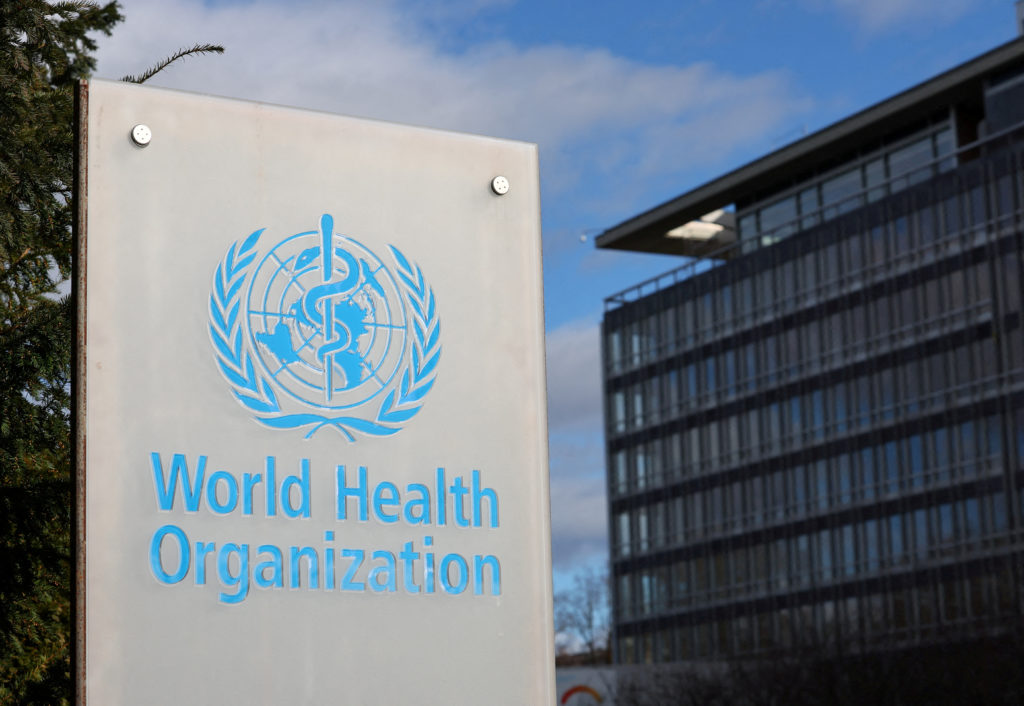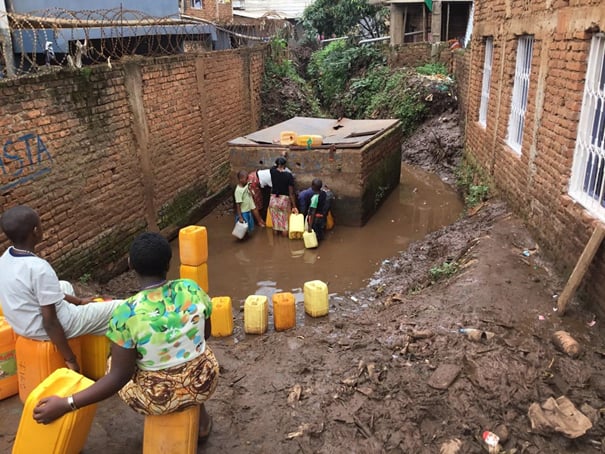Authorities investigating the deaths of at least 60 people in northwestern Congo suspect that a contaminated water source may be to blame in one of the affected areas, the World Health Organisation (WHO) said on Friday. However, the agency cautioned that it is still too early to draw any firm conclusions.
Doctors are examining more than 1,000 cases of illness that have emerged since late January across five villages in Equateur province. The presence of high malaria rates has complicated diagnostic efforts, and officials have yet to determine the primary cause of the outbreak.
Speaking during an online briefing on Friday, WHO emergencies chief Dr Michael Ryan said that in one of the villages, there is “a very strong level of suspicion of a poisoning event related to the poisoning of a water source.”
Ryan did not specify whether the suspected contamination was accidental, due to negligence, or a deliberate act. He also refrained from naming the village where poisoning is suspected.
“We will not stop investigating until we are sure that the true cause or the absolute cause of what is occurring here is fully investigated,” he stated.
The outbreak was first detected in late January in the village of Boloko, where three children died within 48 hours after consuming a bat.
Health officials report that Boloko has recorded 12 cases in total, including eight fatalities, with nearly half of the deaths occurring within hours of symptom onset. No new cases have been recorded there since January.

The hardest-hit village is Bomate, in the Basankusu health zone, located around 200 kilometres (125 miles) from Boloko. Officials say that 98% of cases and 86% of deaths have been reported there.
On Thursday, WHO stated that hundreds of affected individuals have tested positive for malaria, which is common in the region. In addition to typical malaria symptoms such as fever and body aches, patients have also exhibited chills, sweating, a stiff neck, a runny or bleeding nose, coughing, vomiting, and diarrhoea.
The outbreak has sparked fear among residents, some of whom have fled their villages in an attempt to escape the illness.
Experts say that access to affected individuals has been hampered by the remote locations of the villages, with several people dying before medical teams could reach them.
“Clearly, at the centre of this, we have some kind of poisoning event,” Ryan said.
He added that another possibility could be a “toxic-type event either from a biological perspective like meningitis or from a chemical exposure,” based on systematic investigations carried out so far.
Despite ongoing efforts, officials have yet to confirm the main cause of the illnesses. Ryan noted that the widespread presence of malaria and other common diseases in the region is making it more challenging to identify the root cause of the crisis.


